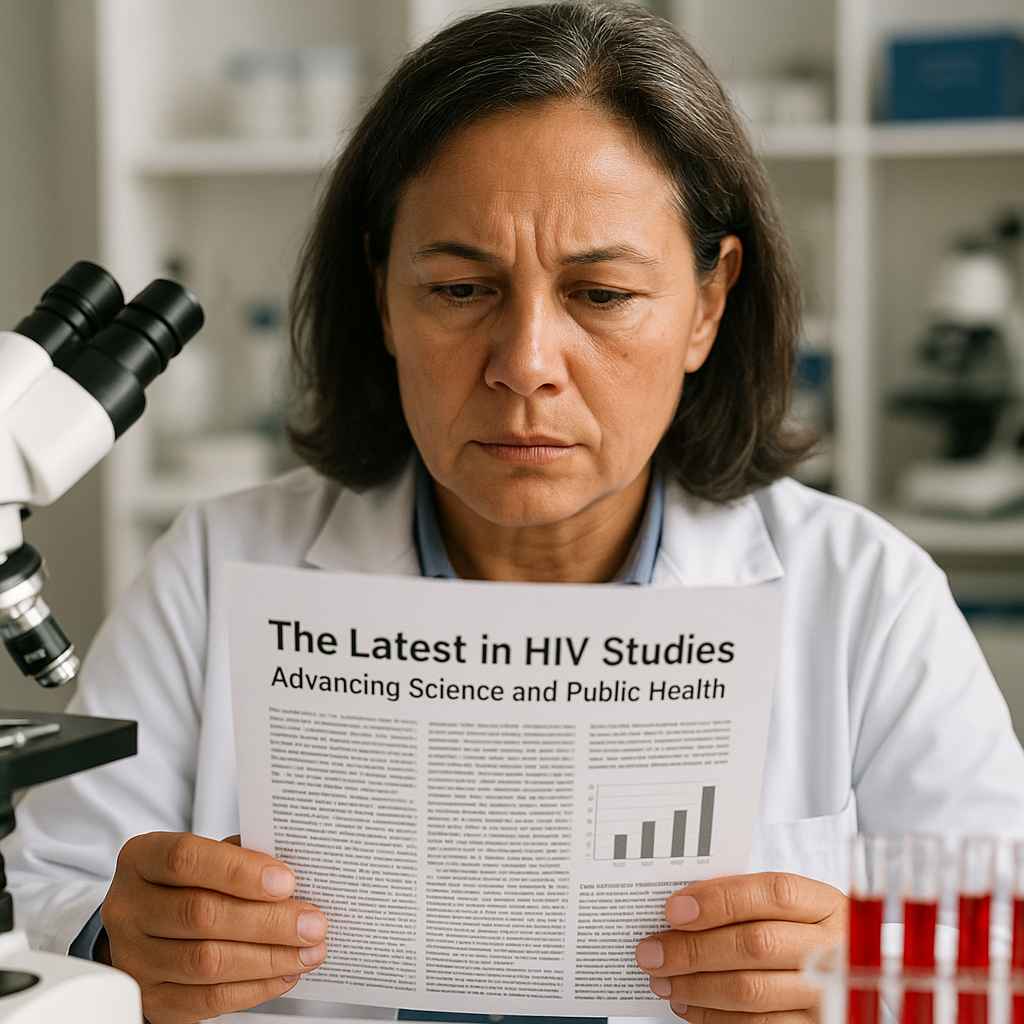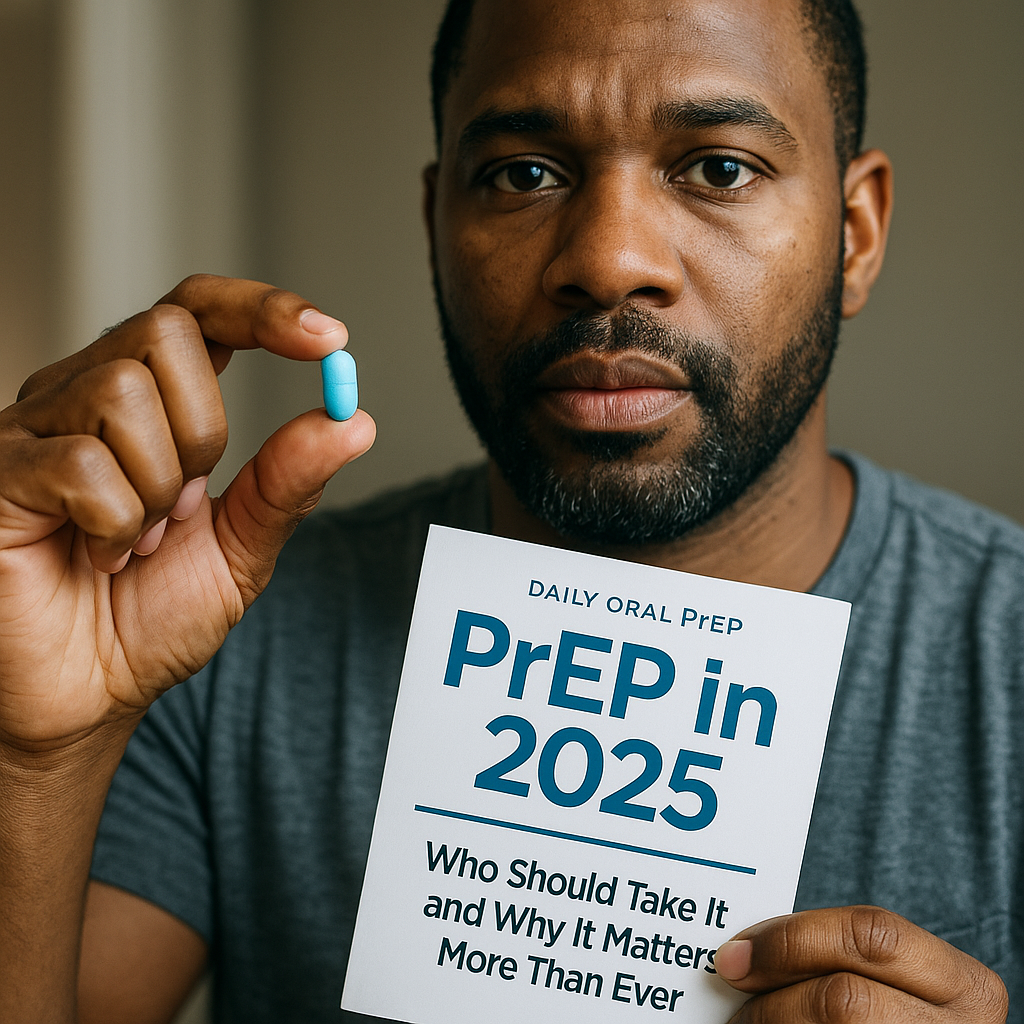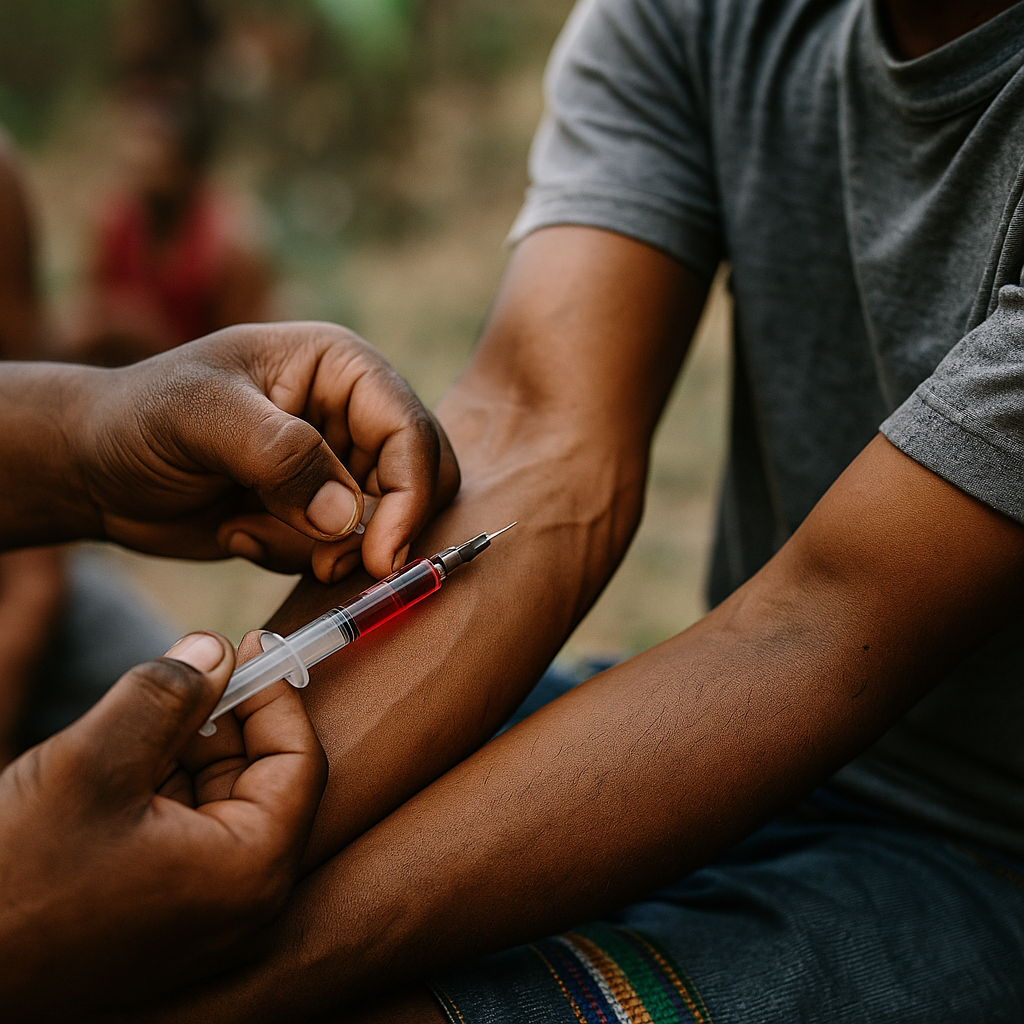Table of Contents
- Introduction
- What Are HIV Studies and Why They Matter
- Key Areas of Current HIV Research
- Vaccine and Cure Research
- Antiretroviral Therapy (ART) Optimizations
- Prevention Strategies and Clinical Trials
- Social, Behavioral, and Structural Determinants
- Recent Breakthroughs in HIV Studies
- How Public Awareness and Advocacy Shape Research
- The Road Ahead: Emerging Trends
- Frequently Asked Questions (FAQ)
- Disclaimer
1. Introduction
“HIV studies” encompass a wide range of scientific, clinical, and social research focused on human immunodeficiency virus. From molecular virology to community-based interventions, these studies are vital to reducing infection rates, improving patient care, and ultimately finding a cure.
2. What Are HIV Studies and Why They Matter
HIV studies are multidisciplinary investigations aimed at understanding how HIV infects the body, progresses, and how it can be prevented or treated. These studies are essential because they inform evidence-based interventions, contribute to public health strategies, and give hope to millions around the world.
3. Key Areas of Current HIV Research
Vaccine and Cure Research
The most influential HIV studies today involve vaccine development and “functional cure” strategies. Researchers are exploring broadly neutralizing antibodies (bNAbs), therapeutic vaccines, and gene-editing techniques like CRISPR to achieve sustained viral remission without lifelong antiretroviral therapy.
Antiretroviral Therapy (ART) Optimizations
Innovations include long-acting injectable treatments and single-tablet, dual-drug regimens. These approaches aim to improve adherence, reduce side effects, and prevent drug resistance.
Prevention Strategies and Clinical Trials
Important HIV studies now focus on pre-exposure prophylaxis (PrEP), post-exposure prophylaxis (PEP), and multipurpose prevention technologies (MPTs). Clinical trials are expanding to include implants, vaginal rings, and antibody-based infusions.
Social, Behavioral, and Structural Determinants
Beyond clinical trials, robust HIV studies analyze how stigma, socioeconomic disparities, mental health, and public policy impact prevention and treatment outcomes. This holistic approach ensures interventions are equitable and effective across diverse populations.
4. Recent Breakthroughs in HIV Studies
- bNAbs advancing to later-stage trials: Promising results show some individuals achieving viral suppression without ART after antibody infusions.
- Broad PrEP rollout successes: Expanding access to PrEP in low-income and rural settings has led to sharp declines in new HIV infections.
- CRISPR-based strategies: Early-stage studies have demonstrated targeted elimination of HIV reservoirs in cellular models, with future in vivo studies underway.
5. How Public Awareness and Advocacy Shape Research
Community advocates and organizations—like the Kirby family’s legacy highlighted in stories of early AIDS activism—have long shaped the trajectory and funding of HIV studies. Their activism ensures research stays grounded in patient needs, ethics, and access advocacy.
6. The Road Ahead: Emerging Trends
Expect growth in:
- mRNA-based HIV vaccines, building on COVID-19 vaccine platforms.
- AI and computational modeling to predict viral mutations and inform vaccine design.
- Integrated healthcare models combining HIV prevention with chronic disease management.
7. Frequently Asked Questions (FAQ)
Q: What progress has been made toward an HIV vaccine?
A: Multiple vaccine candidates are in human trials, including mRNA-based platforms and peptide-based immunogens targeting conserved viral regions.
Q: Can HIV be cured?
A: While a universal cure hasn’t been found, “functional cure” cases—where people maintain viral suppression without ART—highlight progress and inform future cure-focused HIV studies.
Q: Is PrEP effective across populations?
A: Yes—HIV studies show PrEP reduces infection risk by over 90% when taken as prescribed. Focus now is on increasing access and adherence across all demographics.
Q: How can social factors impact HIV studies?
A: Social determinants like stigma, housing insecurity, and access to care strongly influence participation in HIV studies and success of public health interventions.
8. Disclaimer
This article was written with the assistance of AI and may contain errors. Please consult healthcare professionals or peer-reviewed journals for detailed medical guidance.




